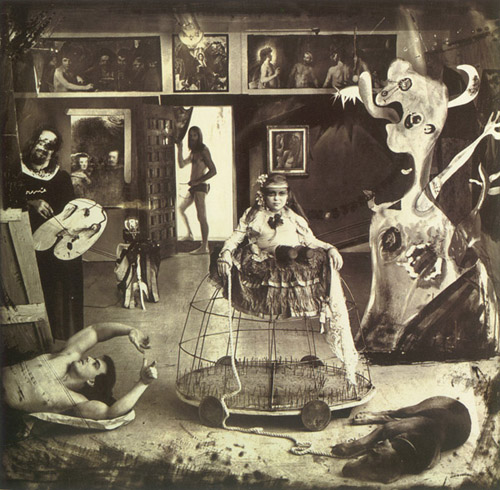Eduard Theodore Gein, known as Ed Gein, is probably the most
gruesome and famous serial killers in America. He was born in 1906 and although
he only had two certain victims, he still remains an inspiration for horror
movies like Psycho or Texas Chainsaw Massacre. But let’s take a look first at
his childhood and how his upbringing led him to be one of the most feared
killers. He was born in Wisconsin in a family with a dominant, very
religious and controlling mother. He lost his father and brother in 1940 and his mother died
after a stroke in 1945. Gein’s sexual interests were very ambiguous and he was
having problems with his sexual identity also considering sex change operation,
but also wanting to amputate his penis. After his mother died, he remained all alone and was able to pursue his bizarre hobbies.
He raided several graves and used the
remains of the deceased as home decorations. Apparently, he even used skullcaps
as bowl and human skin was used to construct lap shades and different
waste-baskets. His ambiguous sexuality led him perform certain rituals,
such as dancing under the moon while wearing a woman’s scalp and face. This
way, he was able to put on another sexual identity and even another
personality. After a while, these perversions stopped satisfying Gein and on
December 8th, 1954, Mary Hogan disappeared from a tavern she managed
and Gein was called as a suspect. Police didn’t arrest him but on November 1957
another woman, Bernice Worden, disappeared in almost the same circumstances. Her son told the police that Gein asked her
for a date and one day before she disappeared. Police started investigating
Gein and found Bernice Worden decapitated, hung from the rafters, and gutted and
with her genitals carved out. Her heart was found in a saucepan on the stove
and Gein apparently made an ornament out her head, and other of her organs which were placed in a box. In
Gein’s house, the police also found costumes made of human skin, 10 human
skulls(with the tops sewn off above the eyebrows) and different ornaments made
from bones and skin such as bracelets, a purse made from human skin, leggings,
chairs with seats that were decorated with skin, a shoe-box containing salted vulvae including the one of his mother which was painted silver. They also
found a suit that Ed wore made of human skin, complete with breasts and a mask.
Gein confessed the
two murders but the judge declared him incapable for trial. After a decade, he
was trialed again but found innocent due to insanity. The police suspected that Gein killed more
than the two women as there were many disappearances linked to him. Also, there
were a lot of organs that couldn’t be matched with the victims or the remains
from the cemeteries and the ten human heads. He died of respiratory failure on
July 1984.
Sources:
The A to Z Encyclopedia of Serial Killers (Pocket Books True Crime)
http://www.dmentdcinema.com/2011/04/i-killed-few-women-dug-up-some-graves.html






